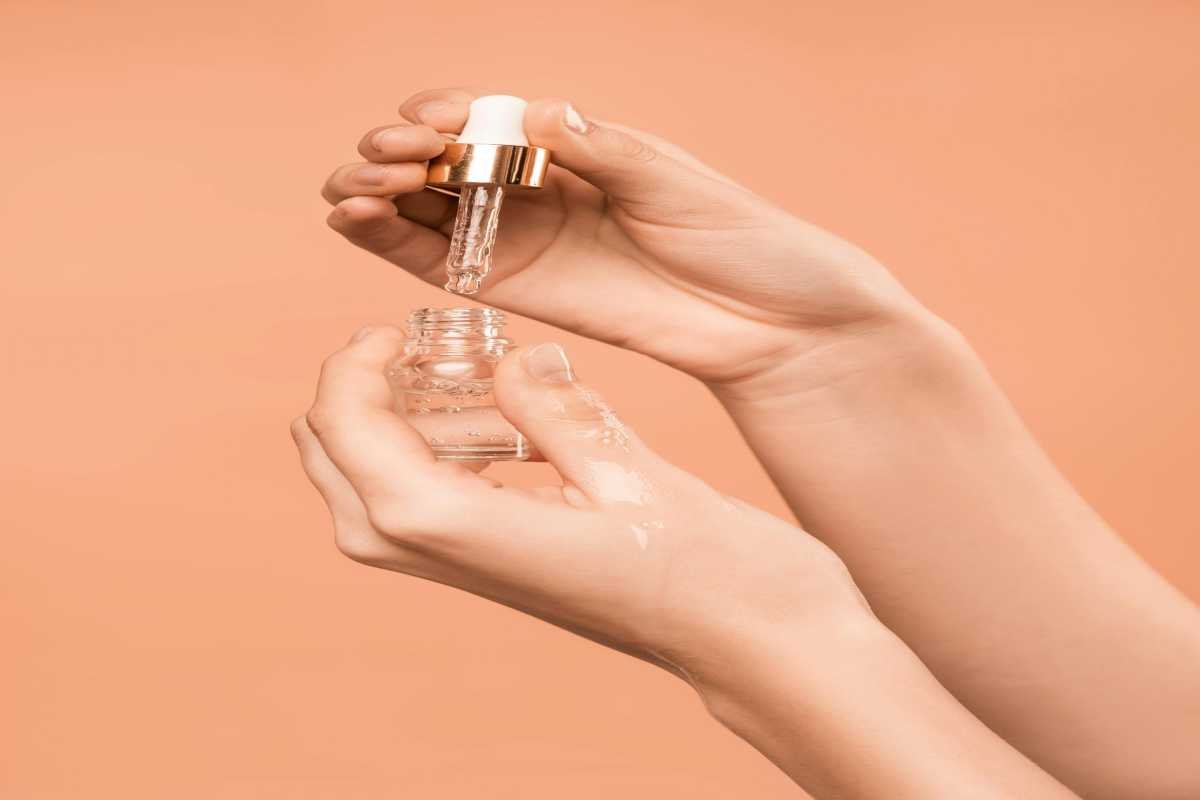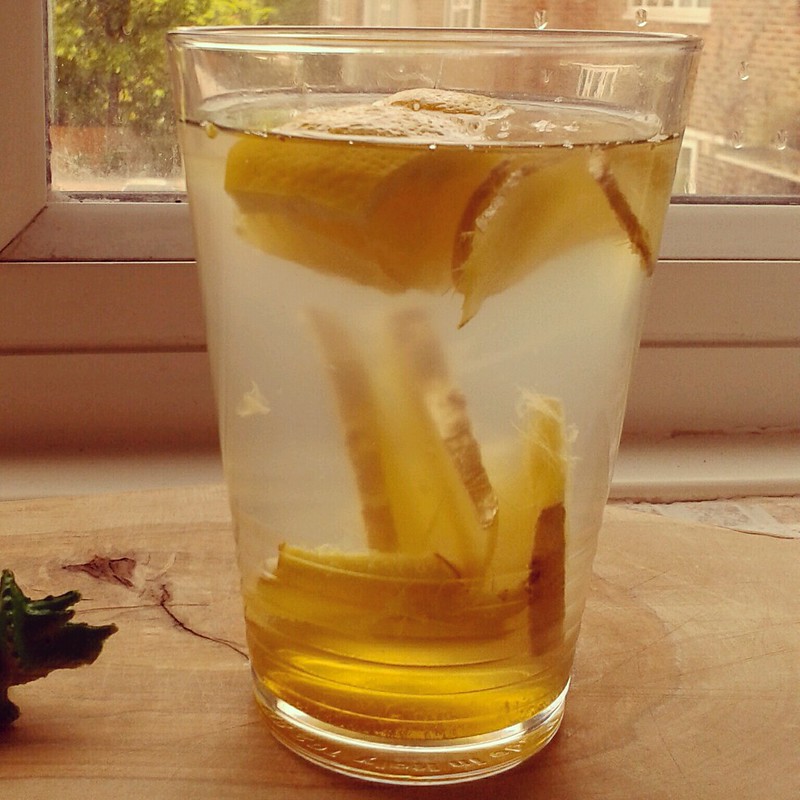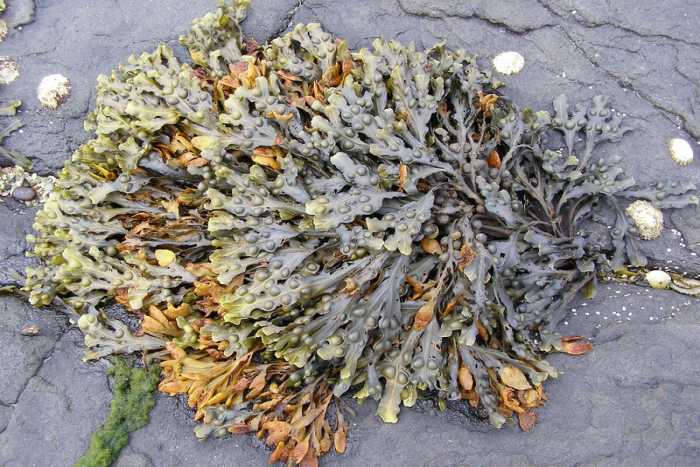Castor Oil for Eyes: Types, Benefits, & Tips to Apply
Castor oil, derived from the seeds of the Ricinus communis plant, has been used for centuries in traditional medicine and cosmetics. It is rich in ricinoleic acid, a fatty acid known for its anti-inflammatory and moisturizing properties. When it comes to eye care, castor oil offers numerous benefits, making it a popular choice for those … Read more










